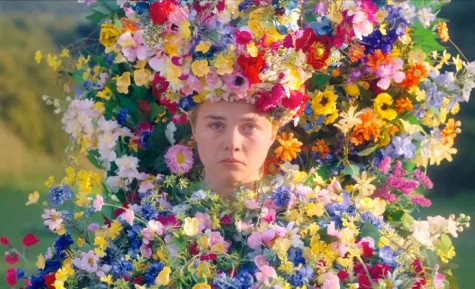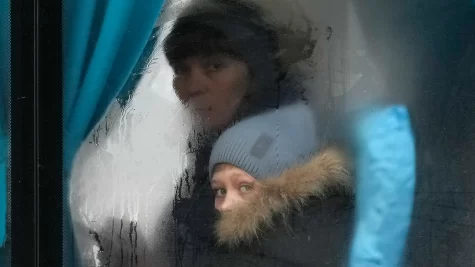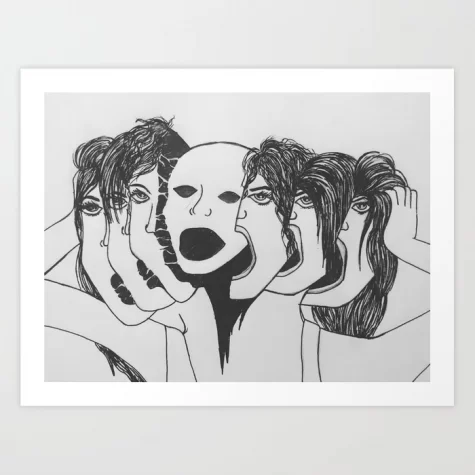A Serious Conversation: Are these films accurately educating you on culture?
December 11, 2021
This particular article this week is meant to give readers a general idea of what false information looks like in films, and upon reading, will hopefully know the difference when watching in the future. The movies that are discussed in this article are ones including cultures that some people in the U.S might not know about. As the author, I hope to educate through this article, not force or portray anything negative about these particular cultures.
Midsommar
Ari Aster is the talented writer of Midsommar. Although he doesn’t aim for his films to be horrors, that is how Midsommar turned out. Aster likes to focus every aspect of his works on tradition, folklore, and religion. For Midsommar, he based the story around the Pagan rituals of a Swedish cult called the Hårga. In Swedish culture, midsummer festivals are very traditional, as the movie entails. Aster was very clever in using the knowledge of old Swedish practices from over hundreds of years ago displaying a summer solstice such as a massive gathering of flowers and dancing.
In fact, Aster was so clever that he managed to use the term “Hårga” and found an old folklore story of a group of people that quite literally danced until they died. This was how Aster managed to create the dancing scene, where all of the women danced around a sacred pole until there was only one woman remaining.
After thorough research, I was the most surprised to see that the *intimate* scene between Christian and Maja was the most realistic custom in the entire movie. According to most readings on the tradition, the midsummer celebrations involved so much drinking and enjoyment that it typically resulted in *intimacy* and an extremely large birth rate on March 22nd — exactly nine months after the midsummer celebrations.
Although the traditions of the Hårga were not as horrific as Aster made them seem, he did stay true to their customs and midsummer traditions; so yes, Midsommar was accurately and historically correct.
Fiddler on the Roof
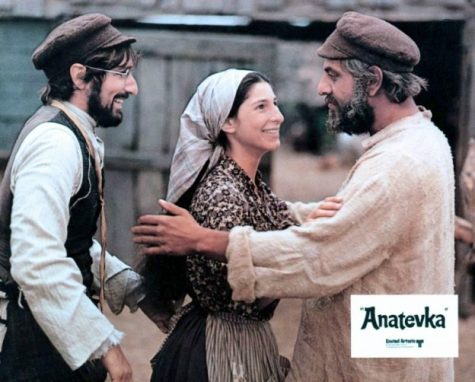
Fiddler on the Roof is a musical based around the traditional Judaism religion. Tevye, a poor Jewish milkman living in Anatevka struggles to find a match for his five daughters. Through the story, you see how Tevye struggles with new-world ideas being brought into the traditional town of Anatevka.
The casting process for the movie was almost perfect. Topol, the man who was cast to play Tevye, had been playing Tevye on the London stage for 10 years prior to the movie. So while the actors were perfect for the job, the studio’s choice of director, Jewison, was not Jewish and knew nothing of the culture; this raised questions.
Fiddler on the Roof was the third most successful movie in the 1970’s. No reporters or movie critics gave negative feedback. They loved the supporting characters, especially Motel, Golde, and Yente the Match-maker. But above all, Tevye is a heartwarming, tough, and funny character as he is the only one who can jab his finger towards God and say, “I’m not really complaining. After all, with your help, I’m starving to death.”
The traditional Jewish lifestyle is referred to as the “shtetl.”Many journalists describe Fiddler on the Roof as complex; the film was a tragic and powerfully painful way to end their story. Even though it was dangerous, the shtetl life was comfortable for many of the traditional members of the Jewish community.
The overall traditional-ness of the movie is extremely accurate. The Jewish community was indeed separated by class–jobs rather than wealth. For example, the movie included the Match-maker (yente), the butcher (shochet), the beggars (schnorrer), the rabbi, and so on. The wedding between Motel and Tzeitel was also spot-on for displaying a traditional Jewish wedding. The sabbath scene was chilling, as also being shockingly accurate. Every single detail from the celebrations, down to the yarmulkes was perfect in every way.
The Green Inferno
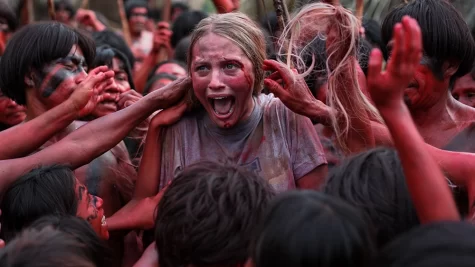
Out of the three movies, The Green Inferno was by far the most horrific and disturbing. The Green Inferno is a realistic fiction film about a group of activists flying to Peru to stop a mass village destruction. After their success, or so they thought, their plane was hijacked to crash land in the middle of a Peruvian tribe’s village. To add to the tragedy of the crash, the tribe just happened to be cannibalistic.
According to research, there are 20 different cannibalistic tribes in Peru: including Cacataibo, Isconahua, Matsigenka, Mashco-Piro, Mastanahua, Murunahua (or Chitonahua), Nanti Yora, etc.
For the film, the director, Eli Roth, gathered and cast an actual Amazon tribe for the movie. Of course, this tribe was not cannibalistic, and it was very hard to get them to be the natives of The Green Inferno.
Although there are cannibalistic native tribes in the depths of Peru, some people call this film “Eli Roth’s catastrophe,” “disturbing and offensive,” “ridiculously misguided,” and “a new low in racist film making.”
So yes, although Eli Roth’s intentions were not to make an offensive and possibly racist film, he did just that and did not portray Peruvian cultures correctly.
Midsommar:
https://screenrant.com/midsommar-movie-swedish-pagan-symbolism-explained/
Fiddler on the Roof:
https://www.myjewishlearning.com/article/fiddler-on-the-roof/
https://www.thejc.com/culture/theatre/fiddler-on-the-roof-shtetl-1.442656
The Green Inferno:

